Artist in Union with Mother Earth 1972
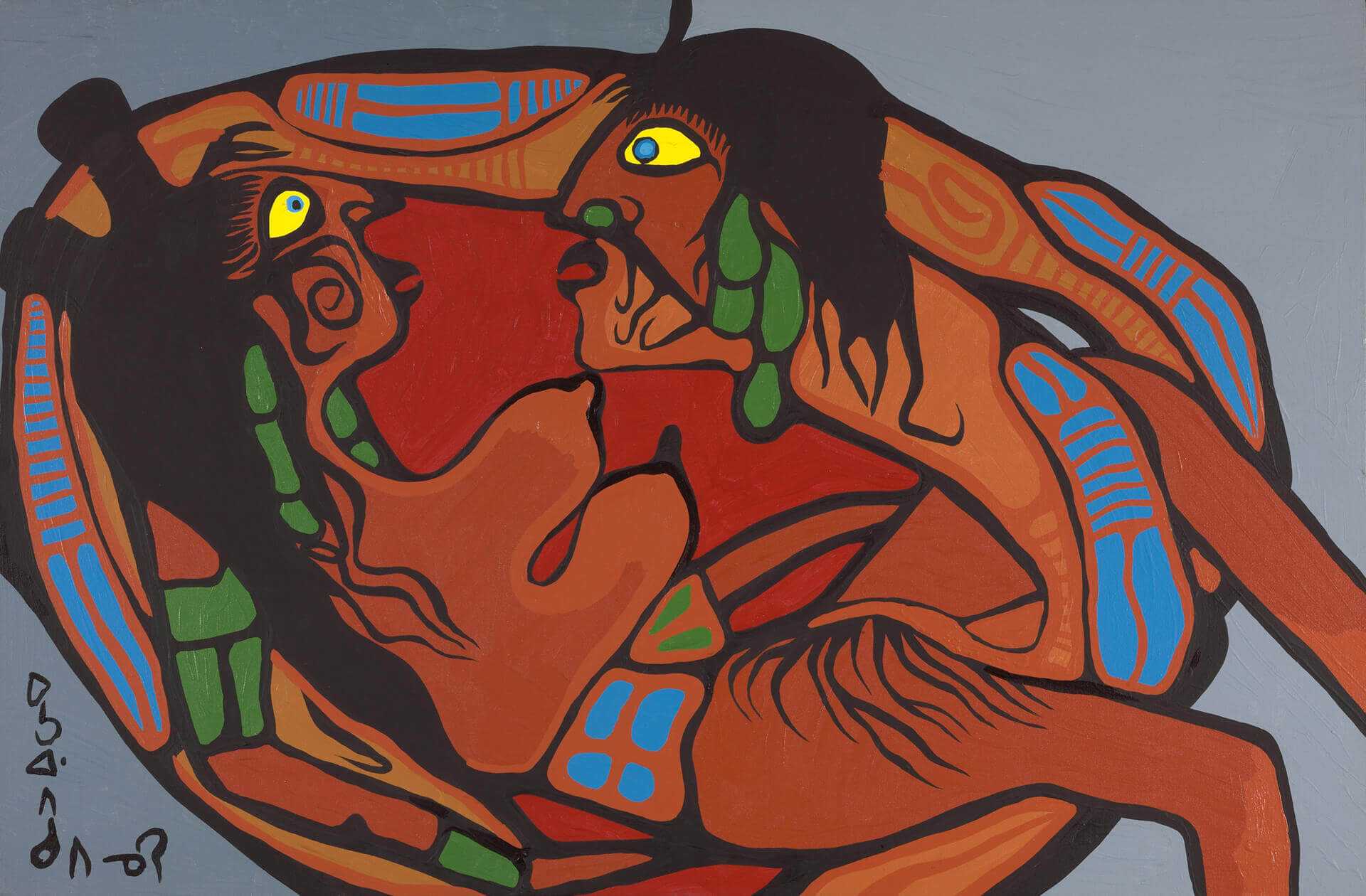
Norval Morrisseau, Artist in Union with Mother Earth, 1972
Acrylic on canvas, 77.5 x 116.8 cm
National Gallery of Canada, Ottawa
Artist in Union with Mother Earth is one of the many erotic works Norval Morrisseau produced in his career, though most of them are found in private collections and have seldom been seen publicly. Morrisseau’s erotic works significantly reveal the artist’s personal views on sexuality and they also celebrate un-sanitized versions of the profane, which play a strong role in Indigenous cultural stories. Six of these works were shown at Regina’s MacKenzie Art Gallery in 1999 in an exhibition entitled Exposed: Aesthetics of Aboriginal Erotic Art. This painting, acquired in 2009 by the National Gallery of Canada, helps to illustrate the diversity of this little-known part of Morrisseau’s oeuvre.

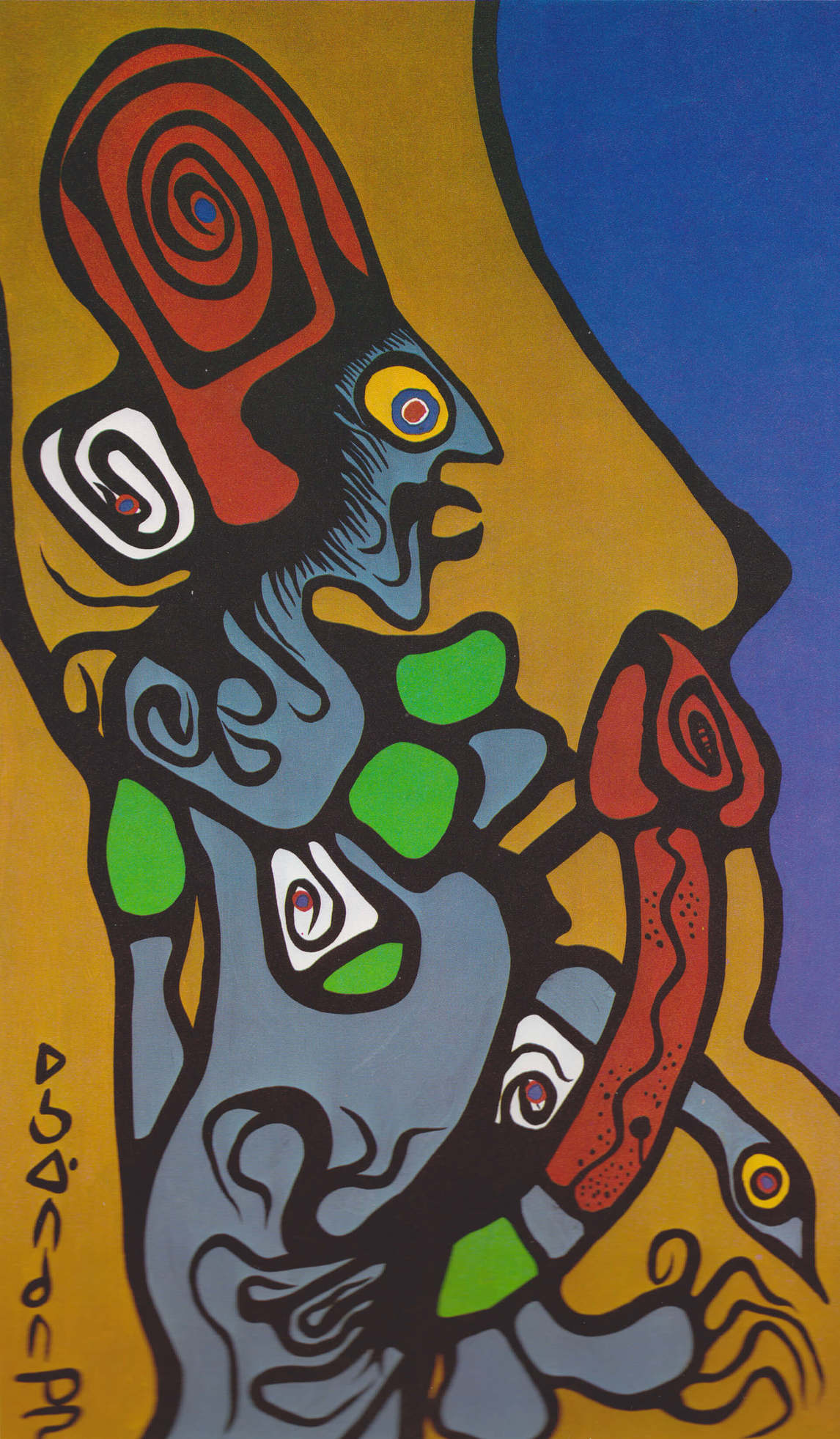
Morrisseau was bisexual, and curator Lee-Ann Martin notes that his paintings of the erotic fall into two categories: “many of them based on personal sexual experiences and fantasies involving men while others depict the sexual union of man and woman. The phallus, especially, found its way into Morrisseau’s erotic works as a powerful symbol of masculinity and fertility. Women’s breasts and torsos are often visible also, though, as in Artist in Union, these sometimes belong to female spirit figures such as Mother Nature rather than to humans.
Curator Michelle McGeough has found that, like elements in some of his other paintings, Morrisseau’s representations of the body reference both Christian and Anishinaabe world views. For example, Androgyny, 1983, in its title and interconnected imagery, articulates an ambiguous and fluid notion of sexuality commensurate with Indigenous views of gender identity, whereas Phallic God in Disguise, 1972, demonstrates a phallocentric and patriarchal representation more closely aligned with Eurocentric and Christian conceptions of gender.
Artist in Union with Mother Earth portrays sex as a natural and enjoyable act. Here, a womb-like oval joins the artist with Mother Earth in coitus; both of them look satisfied, and her breasts and his phallus are prominently displayed. Yet Morrisseau implies more than physicality in this painting. Mother Earth’s legs dangle outside the limits of the canvas to symbolically articulate how sexual ecstasy overflows the confines of corporeality and reaches the sacredness of life. This sexual experience more profoundly unifies humans with all living and sacred beings.

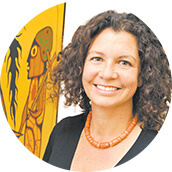 About the Author
About the Author
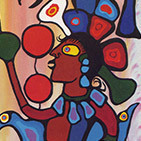 More Online Art Books
More Online Art Books
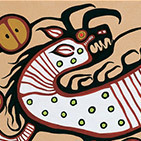 Acknowledgements
Acknowledgements